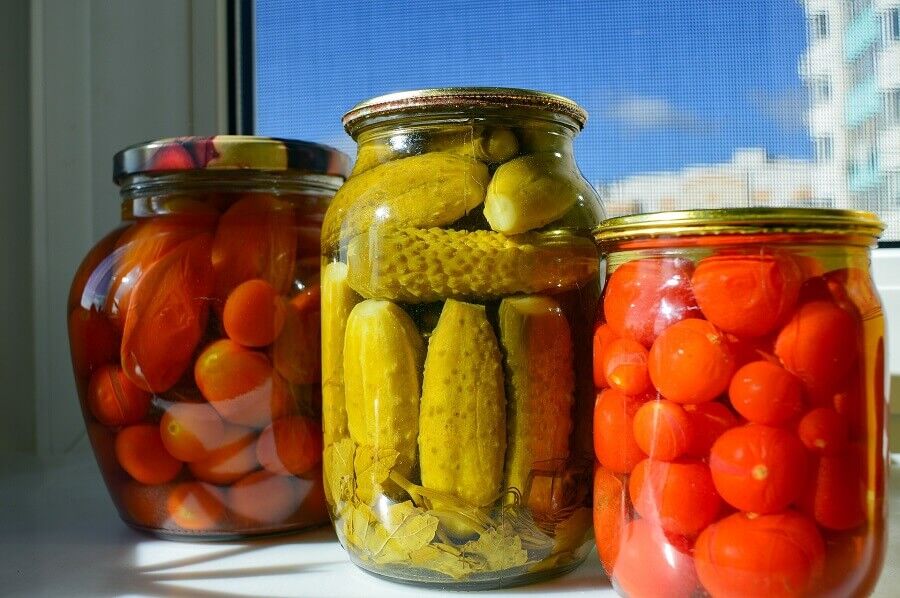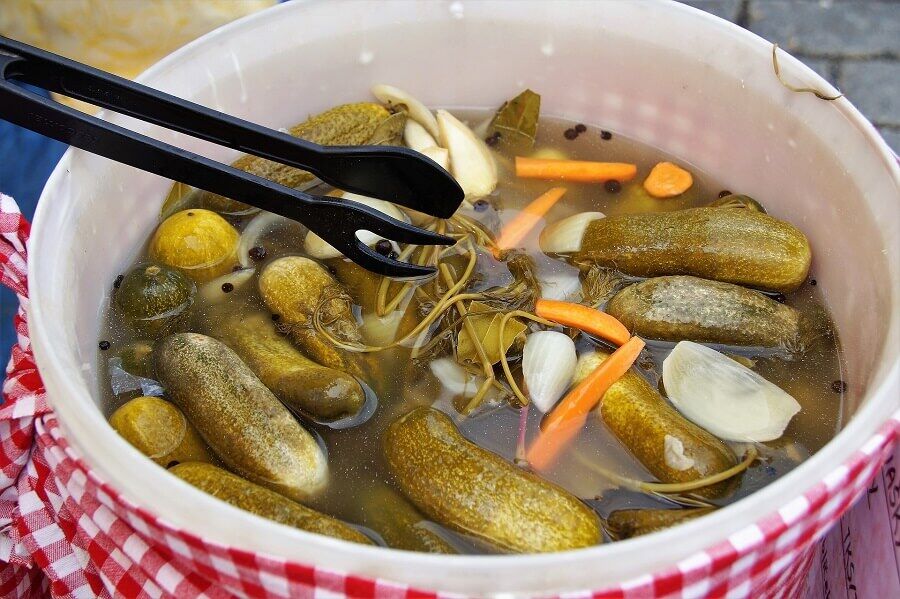How To Pickle Vegetables At Home
Understanding Spices
Your cart is empty.
SUBTOTAL
£0.00

Understanding Spices
If you think that pickling vegetables is a long, drawn-out process that will take you all weekend, think again. Quick pickling is actually very easy (hence the name) and only involves brining and marinating. Although the veggies don’t develop the deep flavours that fermented pickles do, they only need a few days in the brine before you can enjoy them.
Canning, on the other hand, is another method of pickling that requires a stronger pickle brine and a hot water batch. Although this means you can keep your pickled vegetables for longer, it is a more technical and time-consuming method.
Almost any kind of vegetable can be used for pickling, as long as your vegetables are fresh. The shape you choose to pickle the vegetables in is also your choice. For example, carrots work well when sliced into matchsticks or cut into coins. Cherry tomatoes can be pickled whole, and cucumbers, ginger and red onion can be thinly sliced. If you’re pickling green vegetables, you can even blanch them in boiling water for two to three minutes before dipping them in icy water. This helps to preserve that bright green colour.

The good news is that you won’t need any fancy equipment that you don’t already have. All you need is a sharp knife, chopping board and any lidded, non-reactive container (a glass jar works best).
To make your quick pickles more interesting, there are plenty of flavourings and additional ingredients you can use to spice things up. Herbs and spices can make all the difference to your pickles. Our Pickling Spices are a hot mix of sweet, peppery flavours and include cloves, allspice, brown mustard seeds, coriander seeds, mace blades and galangal.
Here are some other herbs and spices to use:

First things first, you need to prepare your brine. For quick pickling, a brine is equal parts hot water and vinegar. Any basic vinegar works, such as apple cider, white vinegar, rice vinegar or white wine vinegar. For pickling, stay clear of aged vinegars like balsamic or malt vinegar. You’ll also need non-iodised salt.
Next, add your vegetables and brine to your container. Make sure the vegetables are completely covered.
Gently tap the sides of the containers to remove any air bubbles.
Let the containers cool to room temperature, seal them shut and transfer to the fridge. The flavours will improve the longer you leave them. That being said, it’s best to let them pickle for at least an hour before tucking in!
Quick pickles can be kept in the fridge for up to two months.
Understanding Spices
Spices have long been integral to the UK's culinary landscape, adding depth, flavours, and richness to a myriad of dishes. From the pungent aroma of cumin in Indian curries to...
Read MoreUnderstanding Spices
Confetti is an essential part of any wedding day. Not only is it a wonderful way to greet a newlywed couple, but it also provides some beautiful photo opportunities. The...
Read MoreSeasonal Ideas
It’s no secret that any handmade gift will always be more special than a store-bought one. Homemade food gifts are especially wonderful, a labour of love that shows someone you...
Read MoreHealth and Wellbeing
It’s no secret that winter’s cold and gloomy weather makes us crave indulgent dishes like fondue and baked goods like sticky toffee pudding and apple crumble. While Christmas is the...
Read More